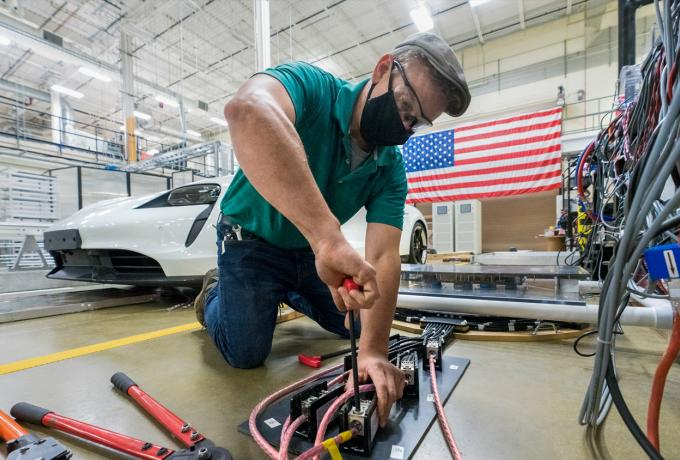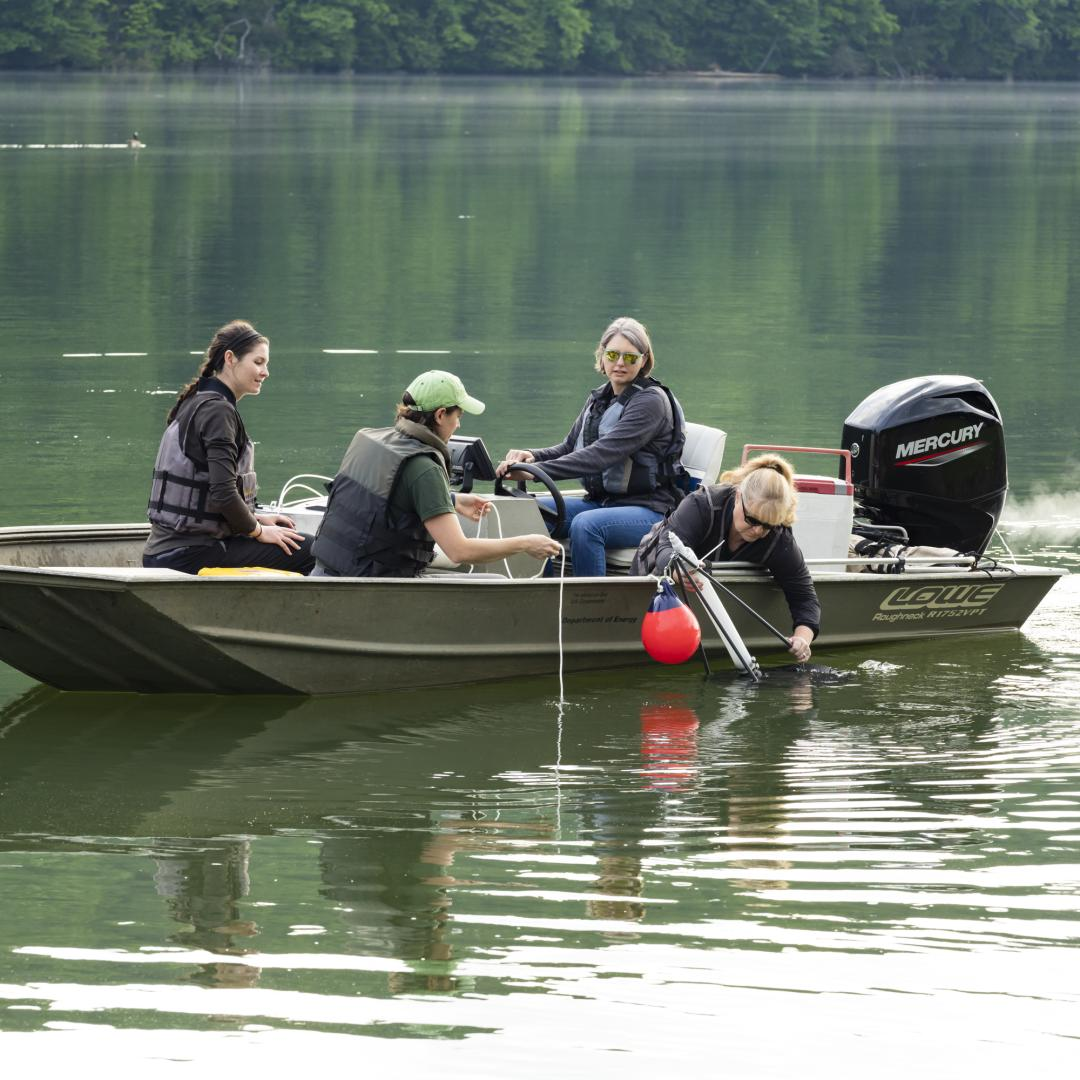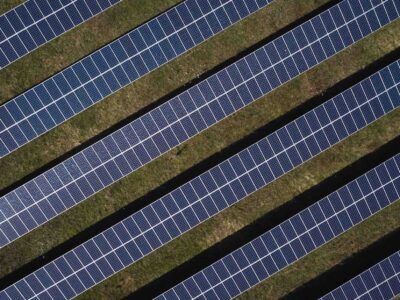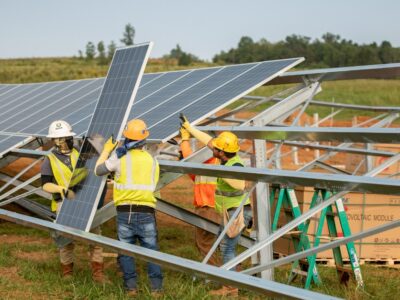Tennessee has become a leader among the states in embracing the renewable power economy, having secured $7 billion in clean energy technology investments during a recent 12-month period that should create more than 5,600 jobs. As previously reported by The Business Download, investments in renewables have been pouring in at such a rapid rate that Tennessee now ranks as the top state in the country in clean energy job growth.
In addition to attracting private investment, Tennessee also has benefited from partnerships with the U.S. Department of Energy (DOE) to bolster the state’s clean energy program. One such partnership was announced in December 2023 when the DOE and Tennessee Valley Authority (TVA) signed a memorandum of understanding (MOU) on a project in Oak Ridge, Tennessee.
As part of the MOU, the two agencies agreed to provide the DOE’s Oak Ridge National Laboratory and the Y-12 National Security Complex in Oak Ridge with 100% locally supplied carbon pollution-free electricity (CFE) by 2030.
Other federal facilities in the TVA’s service territory might also be added in the future.

Photo Courtesy Oak Ridge National Laboratory
The agreement advances climate initiatives included in the Federal Sustainability Plan, which has laid out a goal of sourcing 100% CFE as a power source for federal facilities by the end of this decade, according to a Dec. 7, 2023, press release.
In a statement, David Turk, U.S. deputy secretary of energy, said it “makes perfect sense” to partner with the TVA to accelerate the deployment of clean energy technologies. Not only will the technologies reduce carbon emissions, but they also play an important economic role.
“Powering our government with clean energy in the Tennessee Valley Authority’s footprint is good for jobs, our economy, and our environment,” Andrew Mayock, federal chief sustainability officer, said in a statement. “It is leadership and partnerships like this one that will accelerate our nation’s transition to a clean energy future.”
While the MOU focuses on DOE facilities in Oak Ridge, the two agencies will also look to partner with other federal properties under the TVA’s umbrella. These include properties in Tennessee as well as parts of Alabama, Georgia, Kentucky, Mississippi, North Carolina, and Virginia.
The Oak Ridge MOU was the second clean energy agreement to be reached by the DOE and TVA in 2023.
In March, the two agencies announced an MOU to enhance collaboration on the development of hydropower technology. According to a March 14, 2023, TVA press release, the primary focus of that partnership — which involves the DOE’s Water Power Technologies Office (WPTO) — is to evaluate and demonstrate “different approaches for operating hydropower plants to meet the electricity grid’s changing needs.”

Photo Courtesy Oak Ridge Natural Laboratory
“Today’s hydropower fleet has a crucial role to play in achieving the United States’ clean energy goals, but strategies for operating those plants will have to evolve as more renewable energy resources come onto the grid,” Jennifer Garson, WPTO director, said at the time. “WPTO and TVA have been working together to advance hydropower technologies over the last several years, and this MOU is an important step in formalizing and building on those activities.”
These kinds of projects are designed to carry out the mission of the Federal Sustainability Plan. Among its goals are to reduce U.S. greenhouse gas emissions by 50% to 52% from 2005 levels by 2030 and limit global warming to 1.5 degrees Celsius.
Through the plan, the federal government aims to achieve the following at certain federal agencies:
- 100% carbon pollution-free electricity by 2030, including 50% on a 24/7 basis
- 100% zero-emission vehicle acquisitions by 2035, including 100% light-duty acquisitions by 2027
- Net-zero emissions buildings by 2045, including a 50% reduction by 2032
- Net-zero emissions procurement by 2050
- Net-zero emissions operations by 2050, including a 65% reduction by 2030
- Climate-resilient infrastructure and operations
- Development of a climate- and sustainability-focused workforce
- Advance environmental justice and equity-focused operations
- Accelerate progress through domestic and international partnerships





